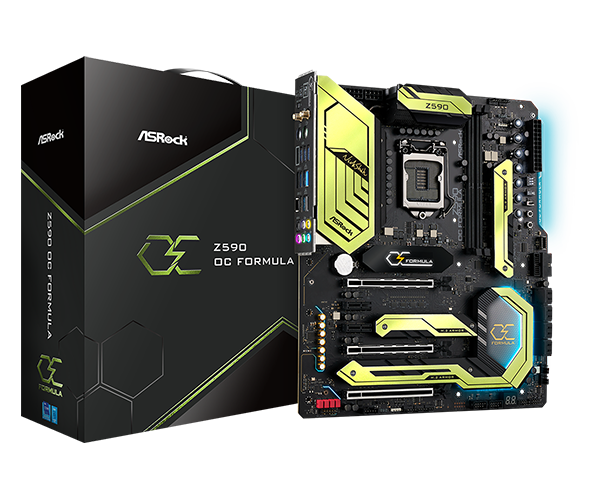Building a high-performance PC involves careful consideration of each component’s compatibility. One often-overlooked aspect is the match between your motherboard and PC case. Incompatibility here can lead to frustration, wasted money and potential damage to your components. In this comprehensive guide, we will delve into the intricacies of determining whether a motherboard will fit seamlessly into your chosen PC case.
Check Manufacturer Specifications
To commence, gather the technical specifications of both your PC case and motherboard. This fundamental step is essential to ensure compatibility. For instance, suppose you have an NZXT H510 case and are planning to install an ASUS PRIME B450-PLUS motherboard. Begin by identifying your motherboard’s form factor – in this case, it’s an ATX motherboard.
Visit the official website of your PC case manufacturer to confirm whether it supports the form factor of your motherboard. In our example, a quick visit to NZXT’s website confirmed that the H510 PC case indeed supports the ATX form factor.
This straightforward check ensures compatibility without room for guesswork. However, what if you don’t have this information readily available? This is where visual inspection becomes paramount.
Know Your Motherboard Form Factor
Motherboards come in various form factors, with the most common ones being E-ATX, ATX, Micro-ATX and Mini-ITX. ATX motherboards, with dimensions of 305 x 244 millimeters, are the most widely used. Micro-ATX boards measure 244 x 244 mm, Mini-ITX 170 x 170 mm and E-ATX boards 330 x 305 mm.
Familiarizing yourself with these form factors is crucial for determining which case will best accommodate your motherboard.
Understand PC Case Form Factor
PC cases are meticulously designed to align with specific motherboard form factors. For instance, micro-ATX and mini-ITX cases are tailored for their corresponding motherboards. Mid-tower cases are intended for ATX motherboards, while full-tower cases excel with E-ATX motherboards.
It’s noteworthy that larger cases can also house smaller motherboards as long as they have compatible mounting holes and standoffs.
Check Motherboard Compatibility With PC Case
With a solid understanding of motherboard and PC case form factors, it’s time to put compatibility to the test.
Start by meticulously examining the mounting holes on your motherboard, comparing them to the corresponding holes on the PC case. The number and arrangement of these holes will vary based on the form factor. For example, mini-ITX motherboards typically feature four mounting holes, while standard ATX boards may have up to ten.
Ensure that the holes on the motherboard align seamlessly with those on the PC case. This visual inspection will definitively confirm whether the motherboard can be securely mounted inside the case. In our example, we found that our PC case effortlessly accommodates our ATX motherboard. Furthermore, the case’s adjustable standoffs provide flexibility, allowing compatibility with smaller boards.
Standoffs are integral metal spacers that serve to maintain a safe distance between the motherboard and the case, preventing short circuits. It’s imperative to remove any unused standoffs located behind the motherboard to avoid potential damage.
Other Crucial Compatibility Factors
Beyond physical compatibility, consider these essential factors:
- Verify that the motherboard’s I/O panel aligns precisely with the case’s cutout.
- Confirm there is adequate clearance for your graphics card and custom coolers.
- Ensure that the case boasts enough slots to accommodate PCIe expansion cards seamlessly.
- Investigate compatibility with front panel connectors, assess cable management options and explore RGB lighting integration capabilities.
By meticulously following these steps and giving due consideration to these factors, you will guarantee a seamless fit between your motherboard and PC case. This diligent approach not only minimizes potential issues but also maximizes the performance and aesthetics of your PC build.
Conclusion
In conclusion, while building a powerful PC, the compatibility between your motherboard and case should never be an afterthought. By conducting thorough checks, both in terms of manufacturer specifications and visual inspections, you can ensure that your components fit snugly together, setting the stage for a reliable and high-performing system.
Experiencing difficulties with your Device, check out our “How To” page on how to resolve some of these issues.







